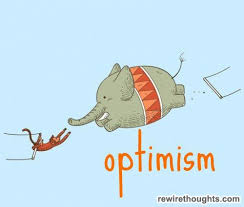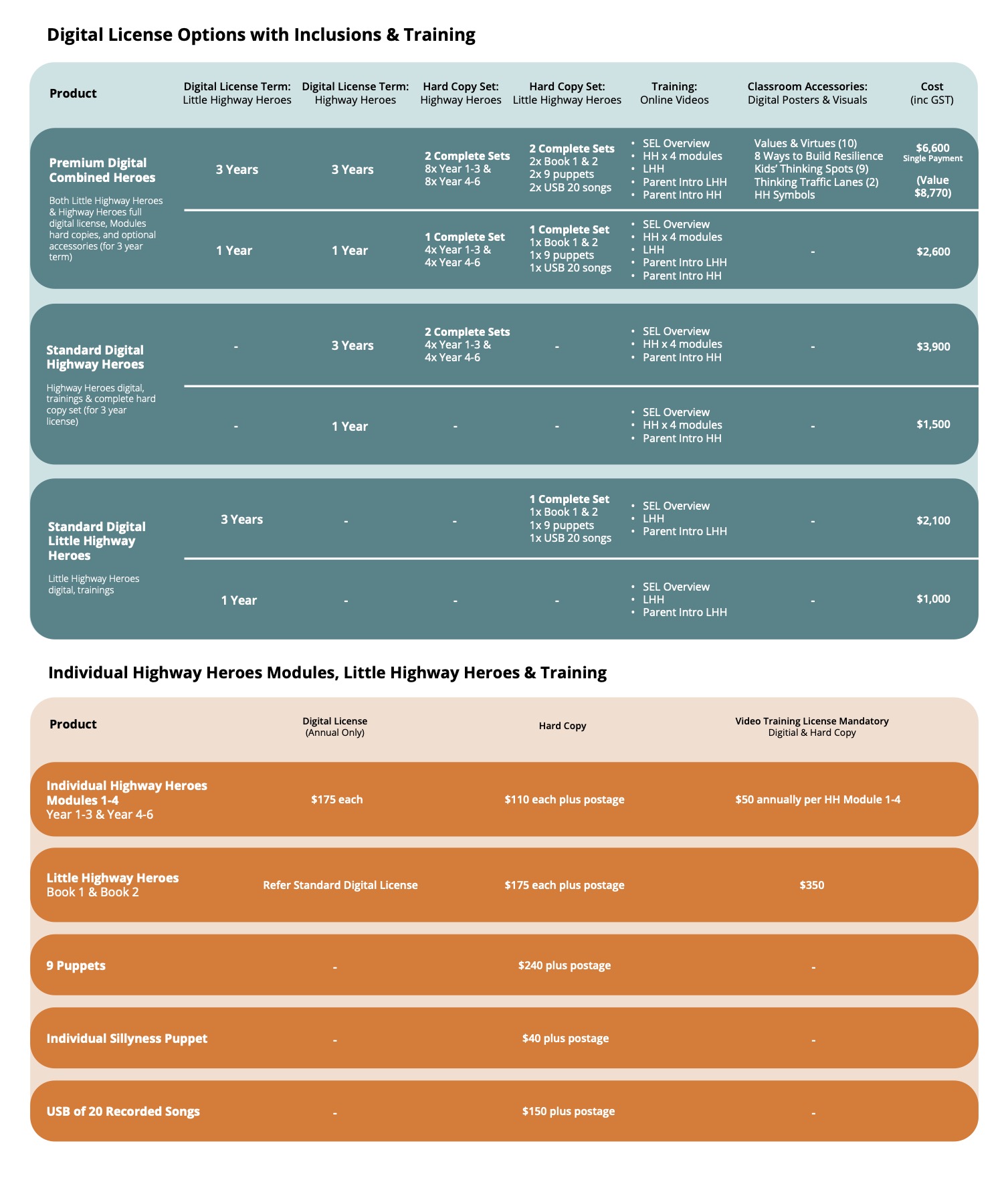Why is optimism the cornerstone of good mental health? Reivich & Shatte (2002) tell us that, “It is thinking style that determines your level of resilience… to bounce back when adversity strikes.” The lottery of life is not always fair or just in what it deals us. And we have the choice to take the glass half full or the glass half empty approach to any situation in our path. The literary master himself, Shakespeare said, “Things are neither good not bad – our thinking makes it so.” Is this rather flippant – an off the cuff remark that’s easy to make when life sparkles? Is it possible, for example, for our floods of refugees streaming across the globe to take such an approach to life? Well, surprisingly it is. Hope, a sense of optimism, a belief that there is something better and worth moving for is the very definition of resilience and optimistic thinking.
Cognitive Behavioural Therapy and Albert Ellis’ Rational Emotive Behavioural Therapy posit that we all experience an event and from that our internal dialogue determines our resulting emotional state and then behaviour. Even when we face adversity, if we have an optimistic mindset the outcome is going to be very different. Here’s an example. As I leave the shopping centre my shopping bag breaks and the eggs are the victims. If I am an optimistic thinker – how is my emotional state and behaviour going to differ from that if I was a pessimist? This is an important question – and we’ll come back to it.
Seligman’s research identified that when no solution is seen or seemingly available and someone is repeatedly exposed to aversive stimuli, the resulting thinking leads to the development of learned helplessness – pessimism. “Things happen to me that I can’t control and there’s no hope!” However, when options for creating solutions are available, those same thinking patterns can be reversed. This is interesting because it tells us that even when people are exposed to seemingly insurmountable obstacles in life, if they believe, have a sense of purpose and forward momentum then they will get past that adversity.
Now, we can start making the case for teaching patterns of optimistic thinking to children – from early in their education. What we know is that if an optimistic thinker experiences adversity they believe that it will pass, that it’s not because of themselves and that it doesn’t mean that life is doomed. In contrast, when a pessimistic thinker experiences adversity, they believe that it’s because of something they did – it might even be deserved, it’s an indicator that many more things are going to go wrong and that it’s going to be permanent. Go back to the broken bag and smashed egg story. An optimistic thinker might think, “Some eggs might have made it, at least they’re not on my shoes, I’ll be alright.” A pessimistic thinker would think, “Of course that happened to me and it would have to be the eggs. Bet that’s the beginning of a rotten day. I knew it!”
When an optimistic thinker experiences a good life event, they believe that they have contributed in some way to it happening, that it’s part of many good things that will happen and that there is hope for more good things to happen. In contrast, a pessimist experiencing something good will gloomily declare that it’s just luck, that it won’t last and that it’s a stand alone event.
With so much pessimism in the news – crashing markets, evaporating job opportunities and career paths for our kids… it’s hard not to get caught up in those thinking patterns – which is a sure path towards a lack of hope for the future, a ‘why bother’ attitude and a downhill slide towards depressive and anxiety based mental health issues. Training a young brain to think optimistically, to create hope, to believe in the good, to look for opportunities sets that brain up for a lifetime of glowing mental health.
So go on. Why not reflect on your thinking patterns? What pattern of thinking is dominant for you – optimistic or pessimistic? How is that communicated in your words to yourself, to those around you and in your actions and behaviours? The human brain is a wonderful thing – and we can change our brains – and we can certainly change the brains of our young people towards hope, resilience and optimism.


